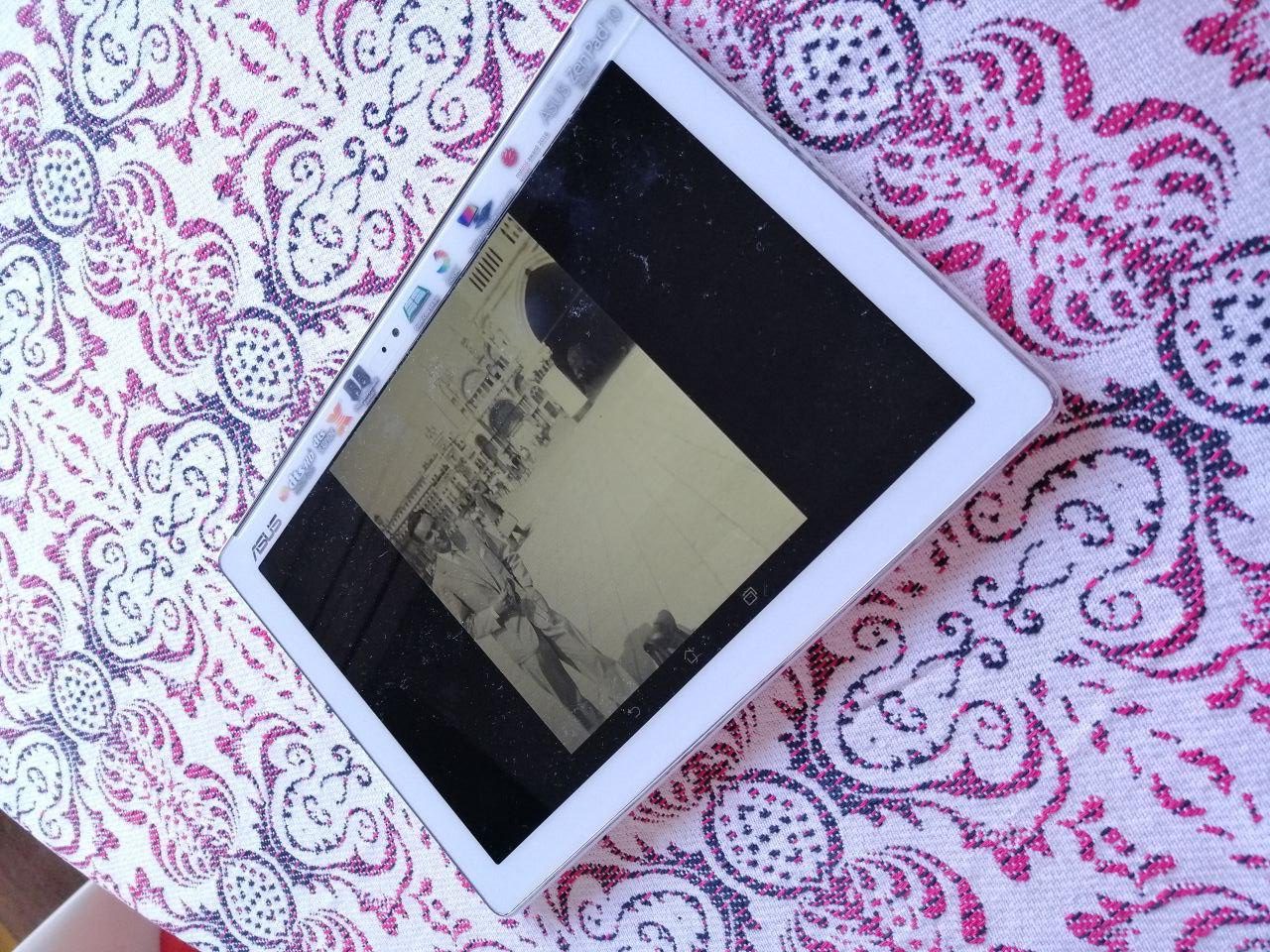A Captured Glance, A Lifetime of Memories
Author: Arianna Gherardini, AIAS
Introduction
When thinking about technologies, we often focus on how they can facilitate the doing of things: how they help us exercise or excite body and mind, to communicate with other people, to watch movies or YouTube tutorials, to get a service online. In societies and life worlds where the pace of life seems to get ever faster, we sometimes forget about how it is important now and then to just stop and don’t do things, but look, listen, reflect and remember. Especially as people grow older and life-stories lengthen, looking at who they have been, what they have done and what is recalled fondly or otherwise, represents a way to give significance to their present and to know that they are leaving something to other people in the future.
During my research, there was a case where this concept was represented in a clear and touching way, with a very old woman who has perfectly learned to use her tablet to look every day at the photos of her family and, above all, of her beloved husband who died some years ago. During our meeting, she always wanted to show me a specific picture to illustrate the points she made. For her, images could better explain her meaning – as she could let things “come alive”. A way of creating, sharing and mutually experiencing a moment inside her past. She, like many of the other older adults in our research, has a treasury of valuable and valued memories and a desire to share with those ready to listen.
Technology, Self-Identity and Memories: Donna’s Story
Donna is a 92-year-old Italian woman. Her husband died six years ago, after more than 50 years of marriage and, she recalls, an even longer almost perfect love story. They met each other at an art exhibition in Venice – the city of love – and they have always been together since then. They had two beautiful children and numerous nephews, who still visit and enjoy spending time with her, sharing experiences and moments together.
Memories are an important part of Donna’s life, as she is very fond of her family and remembering times when her husband was alive, and her children were younger, makes her really happy. She spends a lot of time reading a book that her husband wrote about their life and looking at the letters that her children wrote to them when they were at school. But, above all, she loves to look at photographs.
Donna has thousands of photographs covering all aspects of her life starting from her early childhood. Every day there is a moment when Donna sits on her couch and takes time to visit her favourite images, remembering special memories. She doesn’t always look at them alone. Donna likes to share these photos with her family, especially younger relatives ignorant of her earliest years, but also to other people that she talks to. For Donna, this sharing is a way to describe who she is and who she was, not only now but during all of her life, to share what she has lived in a deeper way, and on occasion to give them advice.
“I always say to my girls … especially to the youngest, I always say … when a man looks at you like this, like mine looked at me, that’s the “right one” … It’s a photo in the mountains, he has his hand on my shoulders and he is watching me! And it’s a look … loving, let’s put it this way, that’s it!”
Her family, then gave Donna what she considers to be a huge gift. They gathered all of her images and placed them into a tablet, where she can look at them whenever she pleases without wrestling with heavy albums. She no longer has to spend a lot of time searching for the specific photographs that she wants to see. Donna explains that she has been given the possibility to take all of her memories with her wherever she goes and can now show her photos to everybody in an easy and efficient way. Despite her advanced years, she liked this tool so much that she took the effort to not only learn but perfect how to use it. She is able to move from an album to another, to enlarge photos and to rapidly search and locate what she is looking for.
“I like to use the tablet much more than traditional albums, because I can sit on the couch and go through all of my photos. I know where to go, which ones I want to see. I can always have my photos next to me, to remember, looking at my things… my memories. I can look at them whenever I want, and I can do it faster than before.”
This is useful not only to look at and ignite her memories, but it also reassures Donna that her story – and also her beloved husband’s life – will not be forgotten when she is now longer here. While photographs can be lost and ruined by time, decay or water, having all this material on different devices allow her to leave a legacy or heritage to her family, who will have the opportunity to know their roots and to continue building a common memory.
“While he was writing the book of his life, my husband always came to me asking about information… I knew everything about his ancestors, because I’ve got photos of his parents and uncles. So, I knew everything about his life!”
Technology is not only about health, communication and services: old people need to keep their memories, look at them and share them with their friends and family. By allowing others to know and enjoy such traces helps to keep memories “alive” even when those who created them are no longer on this earth. It should not be underestimated how old, current and emergent technologies can create possibilities to do so in new and accessible ways.
Category
Release Date
November 2020
Useful Links



